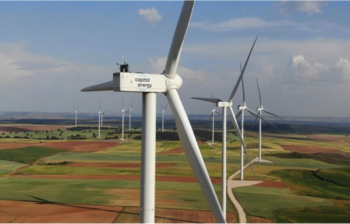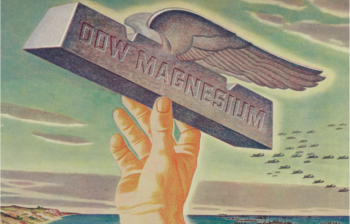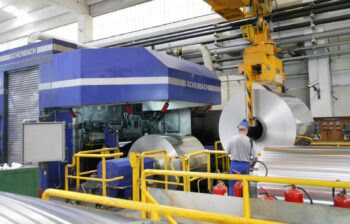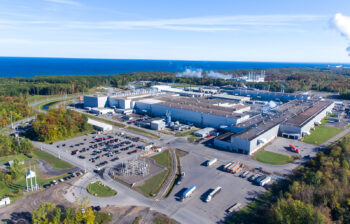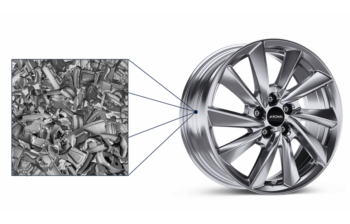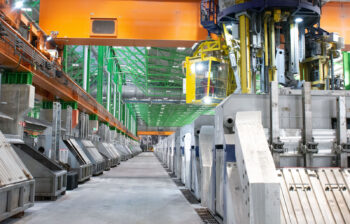
By Halvor Kvande, NTNU (Retired); Gudrun Saevarsdottir, Reykjavik University; and Barry Welch, Welbank Consulting. Abstract While global average greenhouse gas (GHG) emissions have changed little over the last several years, the best available data has become more reliable and has showed lower emissions. The electrolysis process has now been performed with a low emission rate […]

